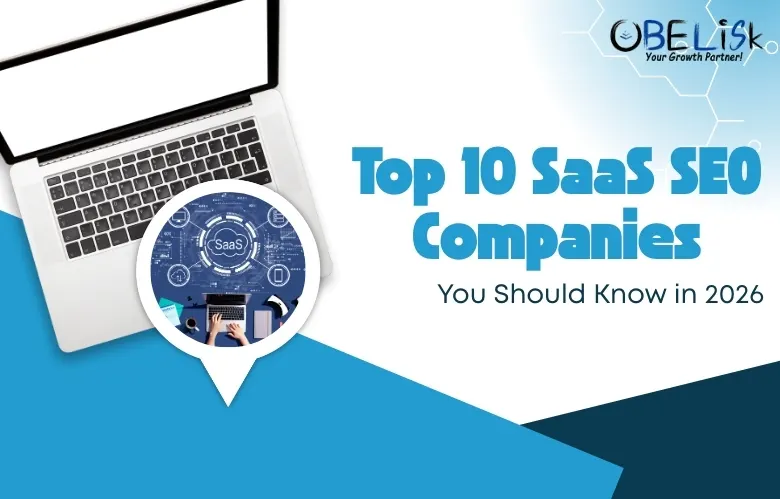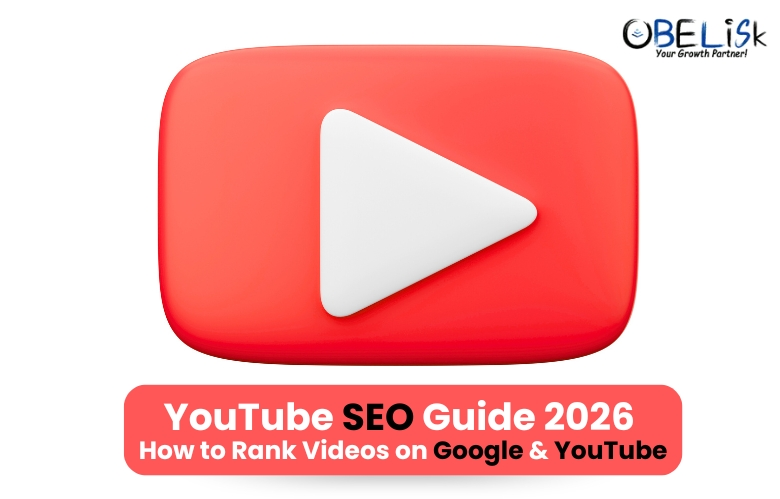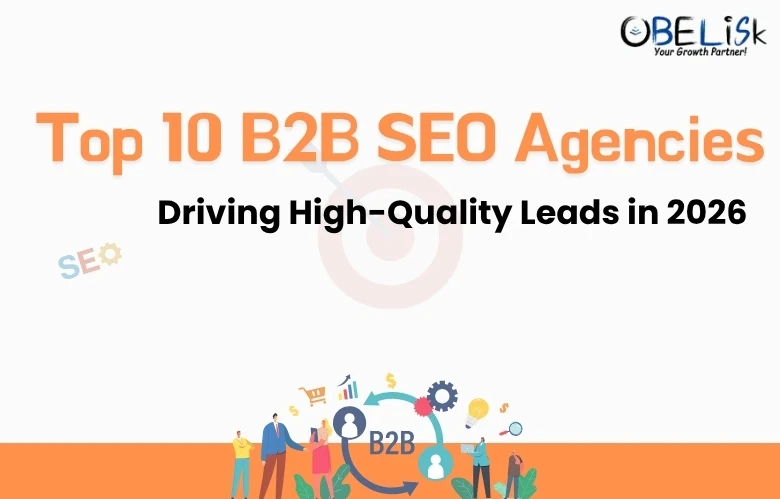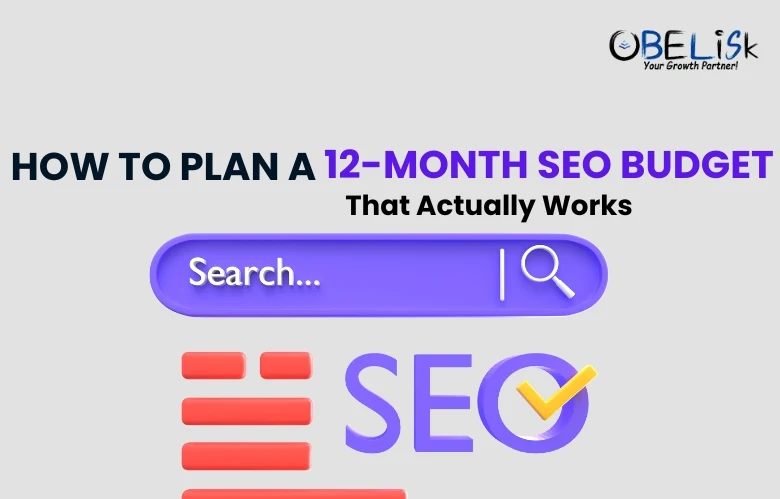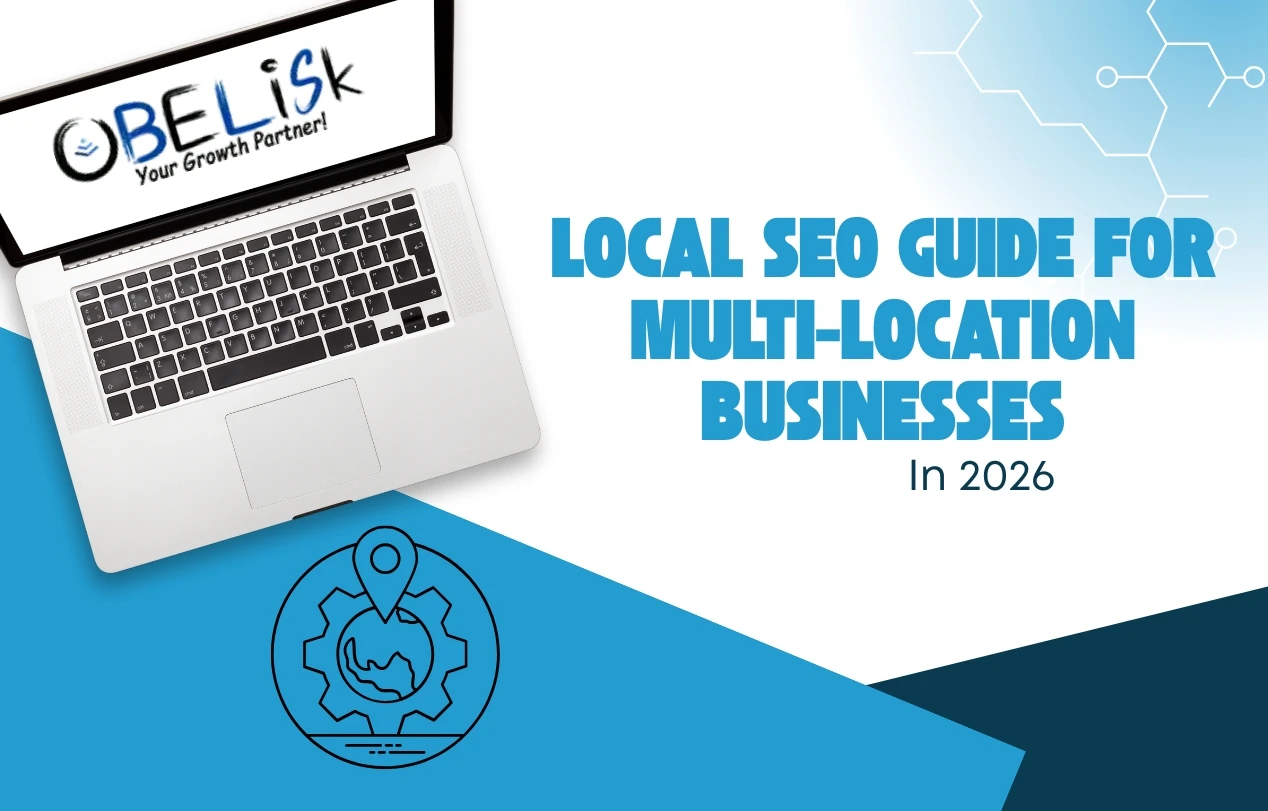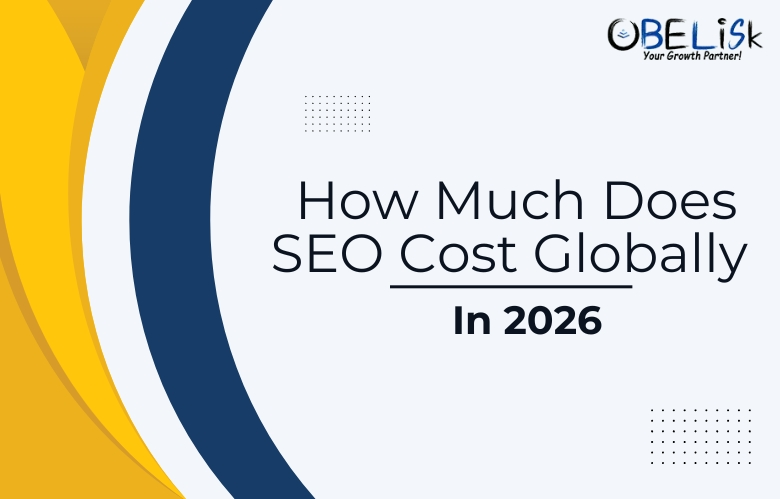Matt Cutts admitted the Google step to begin associating content to the original authors at the SMX Advanced 2011. The process in which the authors and the websites attribute content to the authors has developed since then. It has changed a lot indeed. In fact, it has changed over ten folds.
Confused with Google authorship markup?
You are definitely not the only person who is confused with Google authorship markup. Many authors have been confused about how to get started. Many writers have begun to research his topic since August 2011. The writers have worked to get the process up and running. The process was to be initiated on three different platforms. They were the blog sites, namely, Search Engine land, Internet marketing ninjas, and the SEO ace.
Google authorship markup setup
Many people have learned a few things along the way, and they accept it here. They have gotten Google authorship markup setup. Their goofy mug graces the Google search engine results pages. The short form for search engine results pages is SERPs. Here others can search for content that you have written.
The topic establishes you as the author
The content that you write on a topic establishes you as the author of that topic or genre. You might seriously have no insights into how the Google algorithm works. However, it is safe to understand that when the Google crawler discovers an absolutely new piece of SEO content written by you, the existing author rank has a certain effect on the page rank of the new content. It is assumed that it is up to snuff. Anyone will be happy to discuss how to get in on this.
Some contextual information
With some contextual information, people would start off. It will be answered why it is important for all content creators. This is to establish their own author branding in Google. However, this post might be long enough. The process is not that simple, we are here to discuss this further.
The process of authorship
Google needs to complete a certain circle of verified people. The trust intended should be between the search engine and the published content by the author. You are required to have two things in order to participate.
A verified digital identification offered to you by Google
It would help if you had a verified digital identification offered to you by Google. This is usually a Google Plus profile that should link to the content that you publish. Secondly, the published content references you as the author. Further, it is linked back to the verified digital entity. Google supports three methods of verifying that particular trust, according to this writing. A 3-link, a 2-link and even an email verification method is processed by Google proudly.
The 3-link method
The methods of verifying the trust have been discussed further. First is the 3-link method. This method is utilized with the sites that host the content pages. The content pages might link to the author biography page that is on the same domain. To the author biography page, all of the content pages link. Next, the author biography page is linked to the Google Plus profile of the author. The Google Plus profile is linked to the author biography page as shown.
The 2-link method
For content pages that do not link to an author biography page, the 2-link method is ideal. At the bottom of each post, they typically contain a mini-author biography snippet. To the author’s Google Plus profile, these posts link directly. The Google Plus profile is linked to the home page of the publishing site.
Register and verify the email address
When the author does not have control over the author biography content anywhere in the content page, the email verification method can be utilized. However, its use is certainly not limited to that scenario. An author byline links to a certain email address in this case. The same domain name as that of the content page is used. Further, the email address is registered and verified in the Google Plus profile of the author.
Wrapping up
The steps described above were all high-level overviews. There are several details that need to be addressed. All three methods share the same requirement, however. These are the verified digital identities in the form of an author’s Google Plus profile. This is how anyone can set up the author’s Google Plus profile for the purpose of authorship markup.
Suppose you have existing accounts in Gmail, Google docs, or Google Webmaster. Such accounts help a lot. This means that you already have a stub Google Plus profile.


